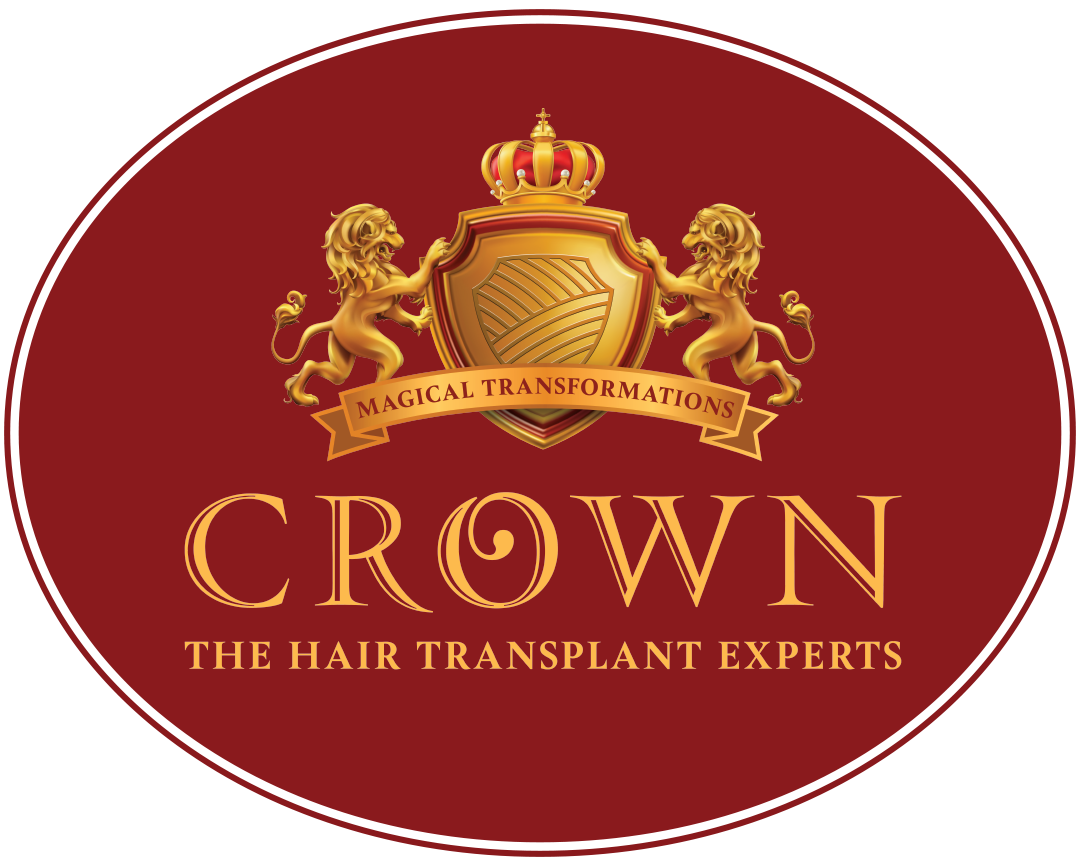

Under the Hair transplantation process, the Best Hair specialist of Delhi hauls the hair to a bald area of the head. Typically, the surgeon takes hair from the back or side of the head to place them on the top of the skull. Pattern Baldness happens due to heredity which is the main reason behind hair loss. The aggravating factors may be due to several reasons, which entails:
According to the Best Hair Transplant in Delhi, there were grossly two types of transplantation processes:
In today’s date, Only microfollicular grafting is performed by most, giving it a more natural appearance.
At the outset, the Best Hair specialist of Delhi will fully clean your scalp; and uses a tiny needle to numb the area of your head with limited local anesthesia.
Two techniques are used in the procedure to attain follicles for transplantation: FUT and FUE.
Itchy scalp and the Doctor may advise taking medication like;
Although many people can go back to the routine work just after a couple of days after surgery. It’s natural for the transplanted hair to fall two to six weeks after the treatment. This propels the door for fresh hair growth. Maximum people will see some new hair growth in 5 to 12 months after the treatment. Doctors suggest minoxidil or the hair growth prescription for finasteride to maintain existing hair and dampen further losses.
The adverse impacts of a hair transplant are fairly small and apparent in a few weeks.
The top basic complications are:
Shock loss – loss of existing follicles which is usually temporary and recovers mostly with the passage of a few weeks to months
